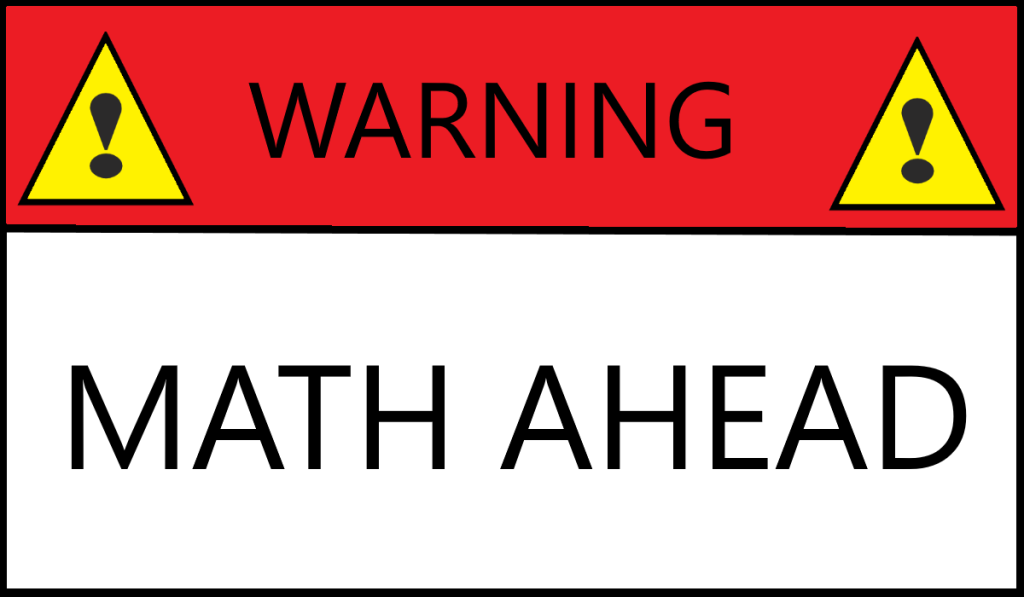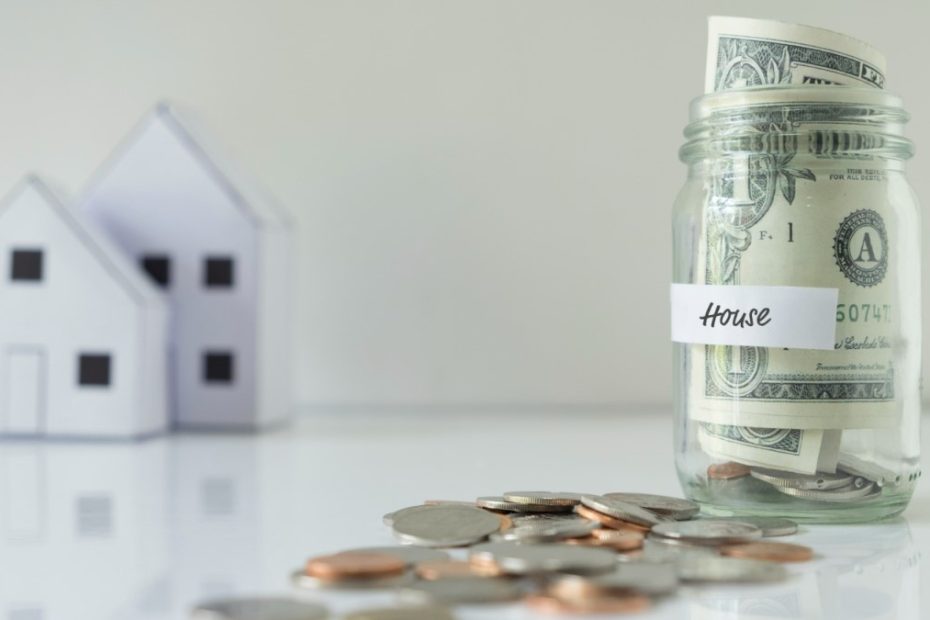The amount you pay for a rental house is the #1 factor of success. I have been doing this for over 15 years and have purchased more than 75 rental houses. In the beginning, I paid too much, and I lived with that mistake until I sold the properties over a decade later. After 15 arduous years, I’ve determined how much you should pay for a rental house, and my data backs up that number.
You should pay 50 times the monthly rent for a rental house. Put another way; the monthly rent should be at least 2% of the amount paid to generate a positive cash flow. This is an upper limit; sometimes, you will need to spend less, but you should never pay more.
For example, if a house rents for $1,000 per month, you should never pay more than $50,000, which is 50 times the rent. Incidentally, the $1,000 rent is 2% of the $50,000 purchase price required to generate positive cash flow. My data, collected over 15 years, shows this to be the case, and this informative article thoroughly explains the vital 2% rule.
Pitfalls oF Paying Too Much Money
If you pay too much for an investment property, trivial issues will become huge problems. On the other hand, almost all problems can be minimized with a lower purchase price. Keeping the purchase price low gives you a margin of safety to weather the storms you will encounter and insulate you from your mistakes. Remember, the number 1 rule for investing in rental units: never to pay too much for the house.
The acquisition price you ultimately pay for the property is a combination of the purchase price and the cost of repairs. As a real estate investor, the amount you spend to acquire the house and get it ready to rent is the number that matters. The article will guide you to a price, but you should deduct the cost of repairs and renovations from this number to arrive at an actual purchase price.
The yield for rental property investment comes from the rents collected. You can’t control the rental rate; it comes from the local market and similar properties, and you can’t collect higher rents by asking for them. You can still control your return by adjusting the price you pay for the house. You should always determine the rent amount and base everything on that number first.
How Much Should I Pay?
Expenses
The first step to determining what you should pay for a rental house is to lay out the rental expenses a landlord will face. In the long run, the passive income stream will be less money than most people think. A real estate investment comes with a lot of expensing, and property damage and vacancies will eat up a lot of the gross monthly income.
In the long run, the operating expenses of rental real estate are about 40% of the rent collected. This sounds high, but eventually, rental properties will need a new roof, an air conditioning system, and a myriad of rental expenses. In addition, you will have recurring expenses such as property taxes and homeowners insurance. This article describes, in considerable depth, how that 40% operating expense ratio is calculated.
Most expenses are not monthly expenses, and it may seem like your expense ratio will be much lower. However, this expense ratio is the long-term industry average and includes the most repair costs you will face. Understanding these expenses and their effect on your monthly rental income is essential; the expense ratio is the primary driver for determining how much to pay for a rental house.
Using a Loan

In this section, I assume you are getting a loan to fund the rental house purchase. As you grow your rental portfolio, you will find it impossible to scale with conventional 30-year, fixed-rate mortgages. Traditional mortgage lenders rarely fund a loan when the borrower has more than four mortgages, and if you manage to get ten mortgages, you are cut off by regulation. As a result of this rule, you will need to use commercial lending to fund your rental house portfolio. Commercial loans have shorter terms and higher rates.
Interest rates have recently been at historic lows but are currently rising. Interest rates on commercial mortgages are about one-half a percentage point over prime, and prime is presently 7.5%. The lowest rate I have gotten on a commercial loan is 4%, but the current rate for single-family homes is 8%. Unlike the 30-year term on a conventional mortgage, The most common term on a commercial loan is 15 years.
The table below shows the monthly mortgage payment, for various principal amounts, given an 8% interest rate and a 15-year amortization period.
| Borrowed Amount | Monthly Payment |
| $40,000 | $382.26 |
| $45,000 | $430.05 |
| $50,000 | $477.83 |
| $55,000 | $525.61 |
| $60,000 | $573.39 |
| $65,000 | $621,17 |
| $70,000 | $668.96 |
| $75,000 | $716.74 |
In this case, we are analyzing a property with a market rent of $1,000 per month. Over the long term, we must set aside 40% of this rent for operating expenses. We are left with $600 each month to use for a monthly mortgage payment. If we borrow $62,784, the monthly payments will be exactly $600 – that is all our available cash flow.
In this scenario, we were putting 20% into the deal, but this will vary depending on the property’s value and borrower’s financial situation. Your cash flow should break even monthly if you can pay $78,480 for the property. However, you are tying up $15,696, and your only return is hypothetical long-term property appreciation. You should do better than that.
The S&P 500 stock index has returned an average of 11.82% between 1928 and 2022. Buying an index fund takes minimal effort and comes with much less hassle than owning a rental property. At a minimum, we should expect the same rate of return on our down payment, which is $155 per month.
To get a cash flow of $155, we need to borrow $46,565. With a 20% down payment, the house’s purchase price would be $58.206.25, giving us the same return as investing in an S&P index fund. Purchasing the rental could provide a bonus if there is market appreciation, but remember that doesn’t always happen. The upper bound for a $ 1,000-per-month rental is $58,206.25. As a quick rule of thumb, we can use 58 times rent as the break-even point when buying a rental house. You should never pay more than this; hopefully, you will pay considerably lower.
Paying Cash

In this section, I will assume you are paying cash for the rental house. When you can fund the entire purchase with cash, everything will be easier, and you should be able to close much faster. As stated above, I will assume the house will rent for $1,000 a month and doesn’t need any work to be ready to rent.
When buying a rental house with cash, you first need to decide if there is anything better you can do with the money. I like to start by considering the return with a hassle-free S&P 500 index fund. Of course, we have much less control over the stock market, and there will be highs and lows over the long term. Studies have shown that the average return of the S&P 500 over several decades is 11.82%. If we can’t beat this with our rental houses, we might as well toss the cash into a fund and do nothing.
As mentioned earlier, the operating expenses of a single-family rental will be about 40% of the rent income. This will leave us with $7,200 per month in profit from our investment. If we pay $60,913 for the property, we should theoretically have the same return as the S&P 500 index fund (and might get some bonus market appreciation). As a general guideline, paying 60 times the rent is the break-even point when buying a rental house with cash.
Conclusion
This article has given two estimates for the maximum amount of money that rental property owners should pay for a rental house, one when using a loan and one without a loan. That amount is about 58 times the rent with a loan or 60 times the rent when purchasing with cash. This slight difference is the result of interest charges when using a loan. Keep in mind, leverage does not change the property value and the results of both approach are not significantly different.
The calculation of 58-60 times the monthly rent is the maximum amount you can pay. This reduces the potential profit and doesn’t leave room for unforeseen problems. A successful rental property investor should pay less than this maximum number. As a general rule of thumb, rental property owners should never pay for than 50 times the monthly rental for a rental home.
My rule of 50 times rent is my upper bound. Occasionally, I’ll run across a good deal that is more than this but leads to a different exit strategy (such as renovation and resale). I will adjust the 50 times rent multiple downwards when a house involves more hassle or is in an undesirable area. It isn’t easy to find properties like this, but they are out there. They usually come with problems you have to rectify, so you generally want to be less than 50 times the rent to compensate you for the risk and hassle of distressed properties.




